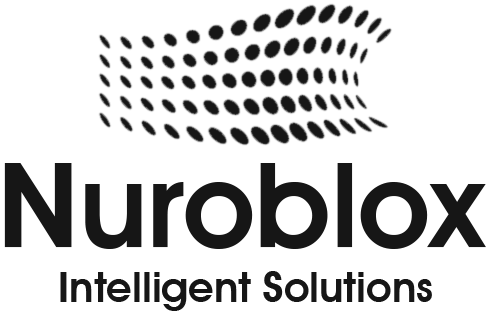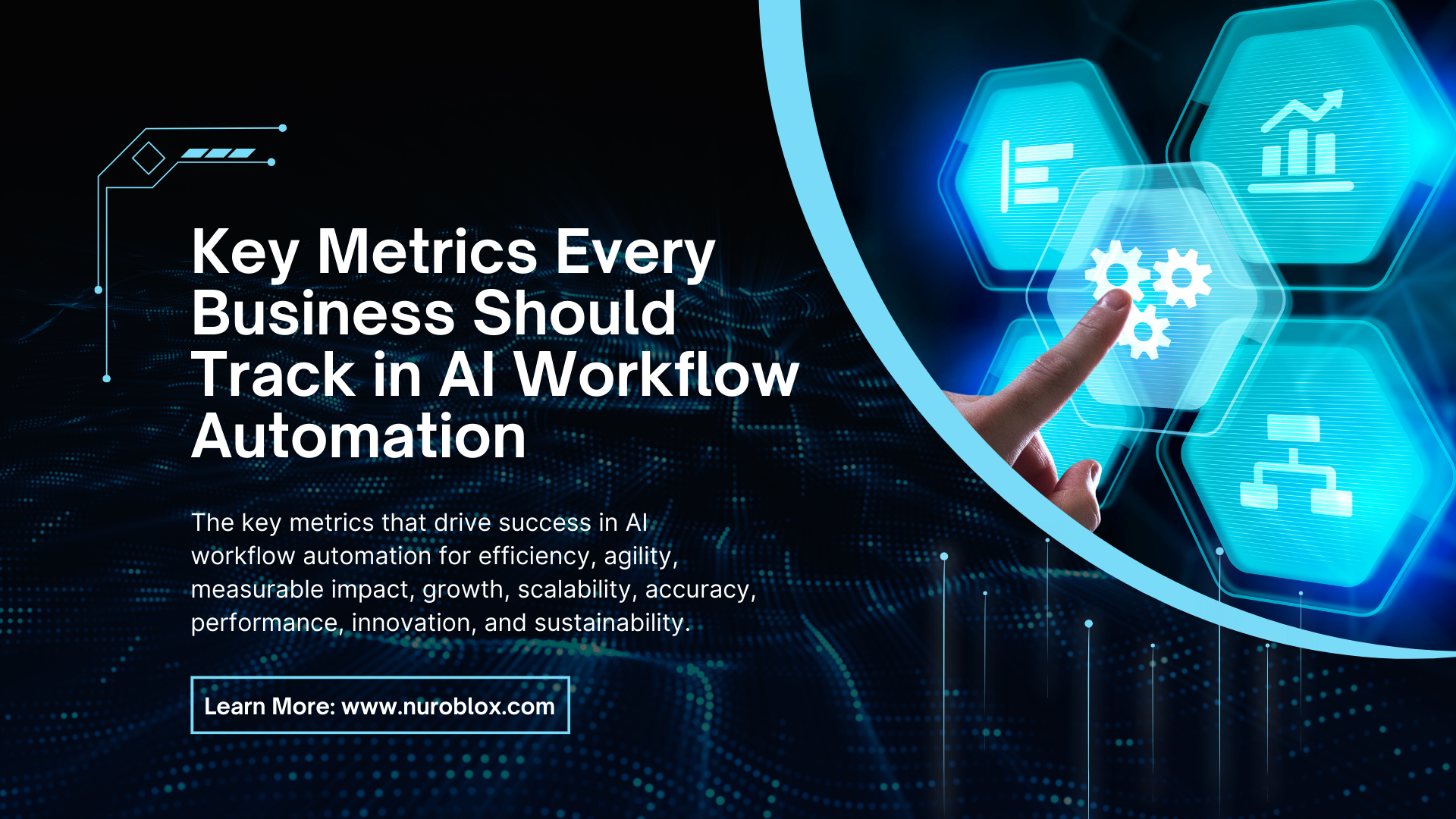Key Metrics Every Business Should Track in AI Workflow Automation
Artificial Intelligence (AI) has revolutionized business processes and productivity, with AI Workflow Automation taking center stage in driving efficiency, agility, and innovation. As enterprises increasingly adopt AI workflow automation solutions, understanding and tracking the right metrics becomes crucial for maximizing the value these technologies bring. This blog explores the key metrics every business should monitor to optimize their AI workflow automation initiatives, ensuring measurable impact and sustained success.
Why Tracking Metrics in AI Workflow Automation Matters
AI Workflow Automation integrates AI capabilities like machine learning, robotic process automation (RPA), natural language processing (NLP), and cognitive computing into business workflows to streamline repetitive tasks, enhance decision-making, and reduce operational costs. However, success is not merely about implementation – it hinges on continuous measurement, analysis, and optimization based on relevant performance indicators.
Tracking the right metrics enables organizations to –
- Identify efficiency gains and bottlenecks in automated processes
- Quantify cost savings and return on investment (ROI)
- Improve AI model accuracy and reliability
- Ensure compliance, security, and risk management
- Drive continuous improvement and governance
Without data-driven insights, businesses risk missing optimization opportunities or encountering hidden inefficiencies, resulting in lost time and resources.
Core Metrics to Track in AI Workflow Automation
Automation Rate
The automation rate measures the percentage of total workflow tasks that have been successfully automated through AI. This metric quantifies the extent of AI adoption within business processes and helps set realistic benchmarks.
- Measurement – Time taken for tasks or processes before and after AI automation implementation.
- Impact – Shorter cycle times reflect operational efficiency, faster throughput, and improved customer satisfaction.
Accuracy and Error Rate
In AI workflow automation, accuracy relates to how correctly AI systems perform assigned tasks, while the error rate measures mistakes or exceptions generated by automation.
- Accuracy – Percentage of tasks executed correctly by AI without human intervention.
- Error Rate – Number of errors divided by total tasks processed.
- Significance – High accuracy reduces rework, operational risks, and compliance issues.
Return on Investment (ROI)
ROI represents the financial gains compared to the cost of deploying AI workflow automation solutions.
- Calculation involves quantifying cost savings from reduced manual labor, faster processing times, and improved output quality against implementation and maintenance expenses.
- Business leaders prioritize this metric when evaluating the viability and scalability of AI technologies.
System Uptime and Availability
AI automation systems must operate reliably without frequent downtime or interruptions. This metric measures the percentage of time the AI system remains fully operational and accessible.
- High uptime ensures workflow continuity and maintains service levels.
Human-AI Collaboration Rate
Some workflows involve a hybrid of AI-driven automation and human intervention. Tracking how often and at which stages human actions occur offers insights into collaboration efficiency and process design refinement.
Model Training and Improvement Metrics
AI models embedded in workflows require constant tuning and retraining. Track metrics such as –
- Model accuracy improvements over time
- Frequency of retraining cycles
- Data drift detection rates
These indicate AI system adaptability and robustness amid changing business conditions.
Customer/Employee Satisfaction Scores
Collect qualitative and quantitative feedback reflective of how AI workflow automation influences user experience. Positive scores validate the effectiveness of automation from the human perspective.
Supplementary Metrics for Advanced Insights
- Throughput – Number of transactions or workflows processed per unit time.
- Cost per Transaction – Direct cost to process each automated task.
- Compliance Rate – Percentage of automated workflows meeting regulatory standards.
- Exception Rate – Frequency of workflow cases requiring manual override or error resolution.
- Time to Resolution – Duration taken to identify and correct errors in automated workflows.
Sample Table – Essential AI Workflow Automation Metrics
Overview
| Metric | Description | Why It Matters | Typical Measurement Unit |
| Automation Rate | % of tasks automated | Measures automation adoption | Percentage (%) |
| Cycle Time Reduction | Time saved per task/process | Reflects efficiency improvement | Time (minutes/hours/days) |
| Accuracy/Error Rate | Correctness of AI execution and error frequency | Ensures quality and reduces operational risk | Percentage (%) |
| ROI | Financial return vs investment | Quantifies economic impact | Percentage (%) or Ratio |
| System Uptime | Availability of AI system | Maintains workflow continuity | Percentage (%) |
| Human-AI Collaboration | Rate of manual interventions | Highlights collaboration needs | Percentage (%) or Count |
| Model Improvement Metrics | Model accuracy gain, retraining frequency | Indicates AI adaptability | Various (e.g., accuracy %) |
| Satisfaction Scores | User feedback on AI workflows | Measures subjective effectiveness | Scale (e.g., 1-10 or Net Promoter Score) |

To maximize the value of metrics monitoring, businesses should –
- Define clear KPIs aligned with organizational goals before AI deployment.
- Integrate real-time dashboards and analytics tools for continuous visibility.
- Regularly review and update metrics to reflect evolving workflows and technology.
- Foster a data-driven culture where stakeholders understand and act on insights.
- Combine quantitative data with qualitative feedback for a holistic view.
Conclusion and Next Steps
Tracking the right KPIs in AI workflow automation empowers businesses to unlock operational efficiencies, cost savings, and continuous innovation. Metrics such as automation rate, cycle time reduction, accuracy, and ROI serve as foundational indicators of success. Coupled with system reliability and human collaboration insights, these measures provide a comprehensive understanding of AI’s impact.
For enterprises seeking to leverage AI workflow automation to its fullest potential, establishing robust measurement frameworks and analytics capabilities is essential. This strategic approach drives informed decision-making, optimized performance, and sustained competitive advantage.
Learn more about how Nuroblox solutions can help your business track and optimize AI workflow automation efficiently and effectively.


